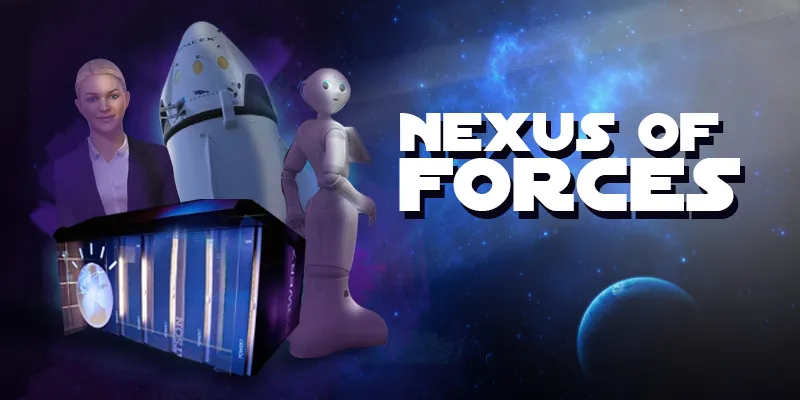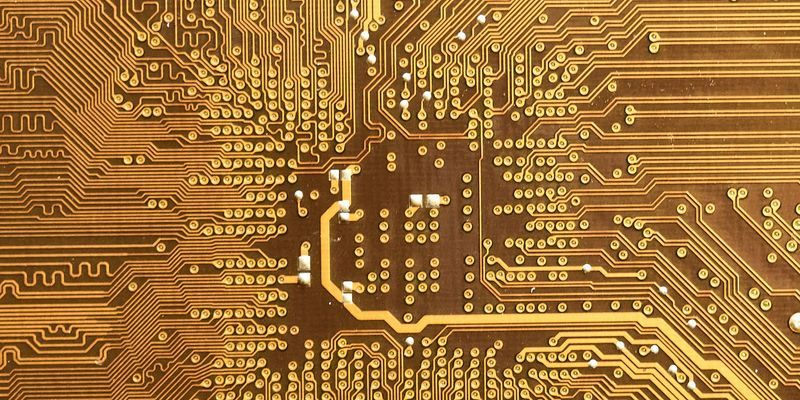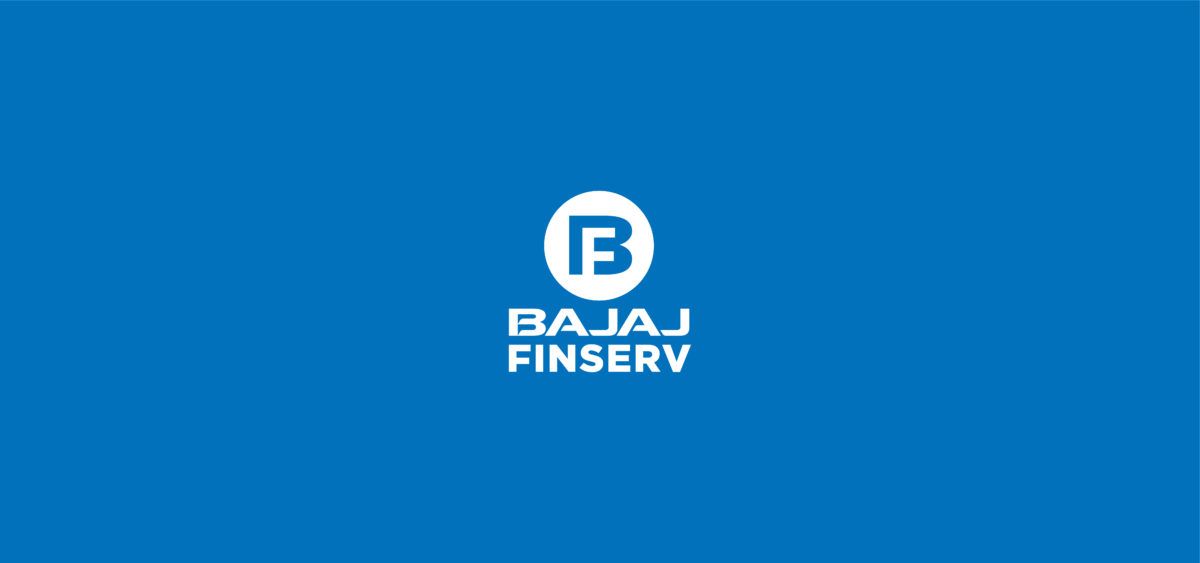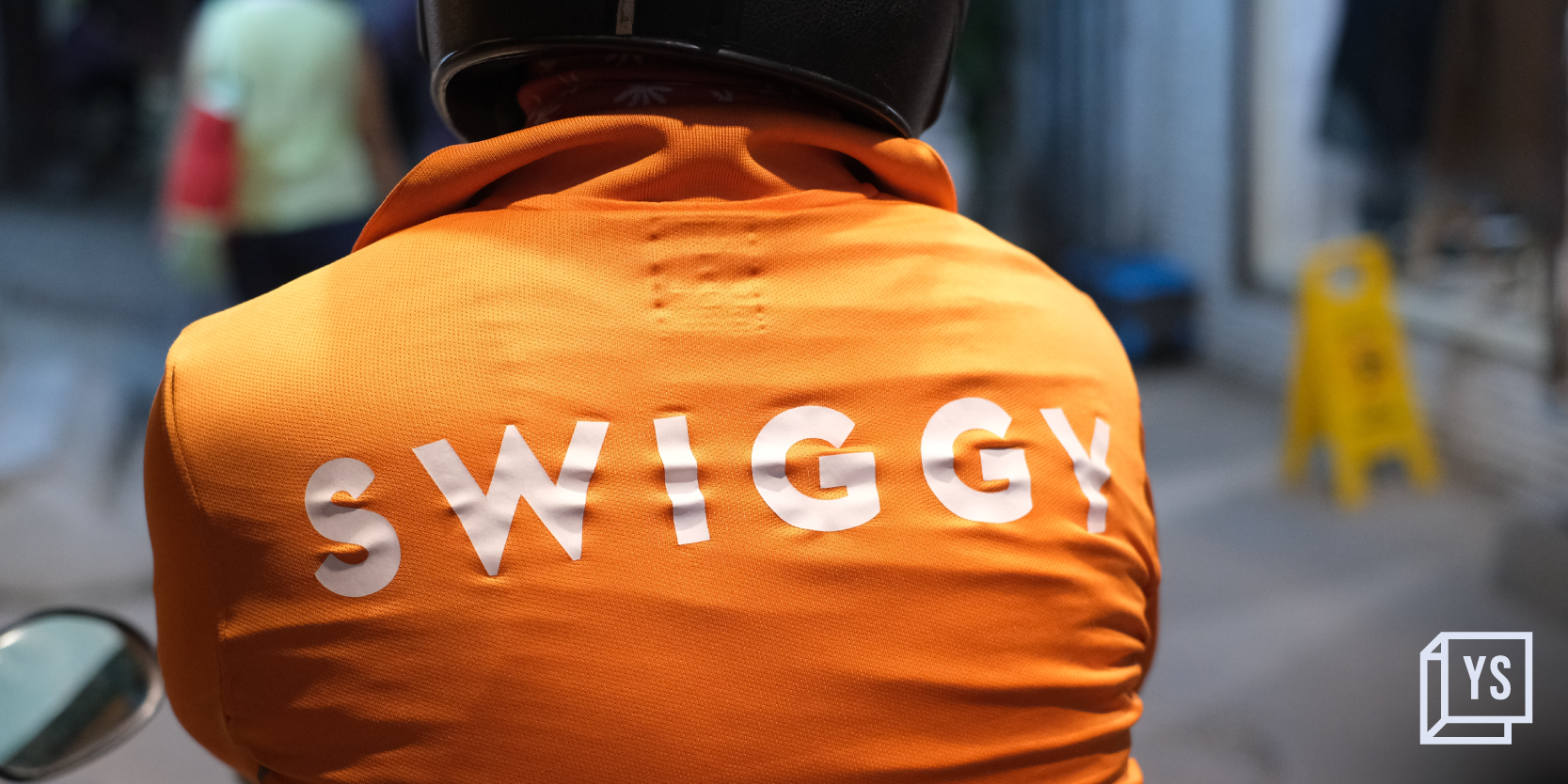Will the force awaken? Where will cognitive intelligence lead us?
The future of mankind is being devised and tested right here on earth, we do not have to look at a galaxy far, far away. We are already pitting machine intelligence against human intelligence with the result that the boundary of science fiction and reality is slowly blurring.

Amelia, Watson, Pepper, Siri, and others are emerging as the frontrunners in the digital race, and the enterprise may strike back sooner than we think.
Take Amelia, for instance. She is a cognitive system platform invented by IPSoft, which is headed by New Delhi-born and New York-based mathematics professor Chetan Dube. The 49-year-old debonair mathematician-turned-inventor whose sharp suits and features dull before the sharpness of his mind, is seen as a “stealthy newcomer” competing with the likes of IBM.
“We ain’t seen nothin' yet,” Dube is said to have told a discerning audience at a recent Gartner conference. He reportedly told the group that we are knocking on the horizon of cognitive computing, and its impact is going to be big. The audience, corporate leaders among them, were cautioned, “Where you lie on the scale of digital Darwanism is going to be the key differentiating factor of where you will move in this world of algorithmic or digital economies.”
Dube’s Amelia (modeled on a real college student) is almost human, her USP being her ability to empathise. Though robots the world over excel in mechanical functions and have successfully been deployed in areas too dangerous for humans, like in excavation, heavy engineering factories and so on, cognitive learning platforms like Ameila are changing the face of global workforces like never before. She can handle queries related to insurance, business process outsourcing, and invoicing, just like a human can, only better and faster.
In fact, the day is not far when all back-office accountants/programmers and call centre employees will be replaced by an army of Amelia-like ‘thinking’ robots. A number of global corporate organisations like Accenture are already using Amelia’s services.
‘Always in motion is the future’
At a Gartner Symposium/ITxpo in October held to explore the digital future, some interesting trends emerged. Revealing its top predictions for the future, the company's media release said, “Three trends come together — the relationship of machines to people; ‘smart-ness’ applied to the work environment; and the evolution of the Nexus of Forces — to create 10 disparate predictions that are more related than they first seem.” A quick glance at the top 10 predictions reveals the following:
- By 2018, 20 percent of business content will be authored by machines.
- By 2018, six billion connected things will be requesting support.
- By 2020, autonomous software agents outside of human control will participate in five percent of all economic transactions.
- By 2018, more than three million workers globally will be supervised by a "robo-boss."
- By year-end 2018, 20 percent of smart buildings will have suffered from digital vandalism.
- By 2018, 45 percent of the fastest-growing companies will have fewer employees than instances of smart machines.
- By year-end 2018, customer digital assistants will recognize individuals by face and voice across channels and partners.
- By 2018, two million employees will be required to wear health and fitness tracking devices as a condition of employment.
- By 2020, smart agents will facilitate 40 percent of mobile interactions, and the post-app era will begin to dominate.
- Through 2020, 95 percent of cloud security failures will be the customer's fault.
Artificial intelligence (AI) is potentially one of the most disruptive technologies of all time. According to Dube, “AI is a group of technologies that collectively allow machines to sense, comprehend, act upon it and solve a problem.” Such robots create efficient customer service. You can have a dialogue with Amelia (as opposed to providing just key words) because she understands the nuances of natural language.
“Take away the avatar and the voice, and there’s a good chance you may not actually realise you are speaking to an avatar,” Dube is fond of saying.
In such a scenario, it is no surprise then that reportedly SoftBank was in talks with IPSoft to embed Amelia’s brain into its humanoid robot Pepper. Softbank’s robotic joint venture retails Pepper and if the partnership comes through, they will be able to market Pepper as a mainstream ‘companion robot'.
Pepper retails at $1,600. This includes an additional monthly fee of $200 to use the robot. When Pepper was launched in June 2015, SoftBank CEO Masayoshi Son reportedly said that the company was preparing for a time when robots will be as popular as cars.
TechNavio's analysts forecast the global industrial robotics market will grow at a CAGR of 6.42 percent over 2013-2018.
‘Do. Or do not. There is no try’
Where is India in the race towards digital economy? “I don't think we are very far behind, in general. A lot of Indian talent has gone into shaping this field the world over. A lot of drone, IoT and machine-learning-driven companies are also doing well in India now,” Pranav Pai, Senior Product Manager at EdCast, told YourStory in an email interaction.
Pranav, who works closely with seed and venture capital investors in multiple categories in India and the US, added, “In India, I think we have reached the point where there is enough talent that can build large-scale systems to solve important problems. For instance, I have seen some excellent work in machine-learning-driven algorithmic solutions that are powering everything from smarter marketing to better financial decision making. Even in drone-tech, we have seen some brilliant teams who are laser-focused not just on building elaborate tech, but solving important problems in diverse verticals such as agriculture, mining, construction, and surveying.”
According to Pranav, “This is a great time to be an innovator who focuses on utilising new tech to solve large-scale problems. We have had the good fortune of working with some stellar teams in this space, and we can definitely vouch for the great work these teams are doing to make new value propositions available through such tech.”
Home-grown Indian firms like warehouse automation startup Grey Orange are already offering solutions to automate manual and repetitive tasks cutting down on cost of employing people to do the same. Some other startups to watch out in this space are Aarav Unmanned Systems (drone tech), Airwood (agri drones and IoT), and Wigzo (machine learning driven marketing). Reportedly there are 15-20 established robotics companies in India, and more are trying to be future-ready.
A recent global IoT summit in Bengaluru, IoTNext 2015, had the theme ‘Innovating Digital Economy with IoT Solutions & Services’, aimed to address the convergence of multi-disciplinary facets of the technology ecosystem with IoT -- hardware, IT, Big Data, Cloud and Connectivity, enabling an agile, efficient and cost-effective solutions and services with industry collaborations and partnerships. In its first year itself, IoT Next 2015 witnessed participation from companies like Foxconn India, Toyota Kirloskar Motor, GE Healthcare, Siemens Technology India, SAP Labs, IBM, Samsung India, Microsoft Ventures, Analog Devices to name a few.
IoTNext 2015 shortlisted 20 Innovative IoT startups in the space of intelligent healthcare, intelligent gaming, and smart cities. The full list is given below.
Startups in the healthcare space include the following:
According to Pranav, “Government and educational institutions have always played a large role in driving the development of tech in this field. For instance, Apple's Siri tech was acquired after a DARPA-funded project at SRI Labs spun off to focus on consumerising the technology it had developed for military and security applications. I think we have already seen the fruits of such grants coming out of the IITs -- several drone, machine-learning-driven services, and IoT companies have been founded by recent graduates from these institutions. Our government can do a lot more, and must focus on expanding its research grants beyond the IITs and NITs.”
‘I have a bad feeling about this’
One of the most repeated dialogues in the sci-fi blockbuster ‘Star Wars’, the above sentence perhaps can be alluded to the questions that arise following the emergence of Amelia-like cognitive computing platforms.
Will the future robots, who are fast learners, make no mistakes, never get tired, are team player, and always ready for further assignments, take over our entire economies? What will happen to the human workforce?
“The risks are always going to be present in new tech. Some of the product-market fit risks include whether the systems are built in a way to allow for human oversight, training, and intervention -- not every system can go full-metal from the start and there has to be a phased and prioritized approach to releases just like there is in development,” says Pranav. “Overall, I am very positive about this space. As long as we respect the fundamentals and recognize the competencies of the technologies, we will be able to utilize them the right way to build useful value propositions that can scale.”

However, the moral and ethical dilemmas will not be easy to overcome. Will we, as IPSoft’s Dube says, focus our time and effort on creative pursuits when the robots take over the mundane work? Or will Google succeed in merging the human brain with computer networks to form hybrid artificial intelligence? And will then the Jedi master
And will the Jedi master Obi Wan Kenobi’s words then ring true: “He’s more a machine now than human -- twisted and evil.”
It is important that we do not lose our way in our bid to play God. For if self-learning machines acquire the capability to continue making machines smarter than themselves until they create one that is self-aware and smarter than human beings, we would have truly moved to the ‘dark side’.










![[Funding alert] Venture Catalysts invests in wellness startup Green Cure](https://images.yourstory.com/cs/2/70651a302d6d11e9aa979329348d4c3e/Imagey8ho-1594190613192.jpg)
